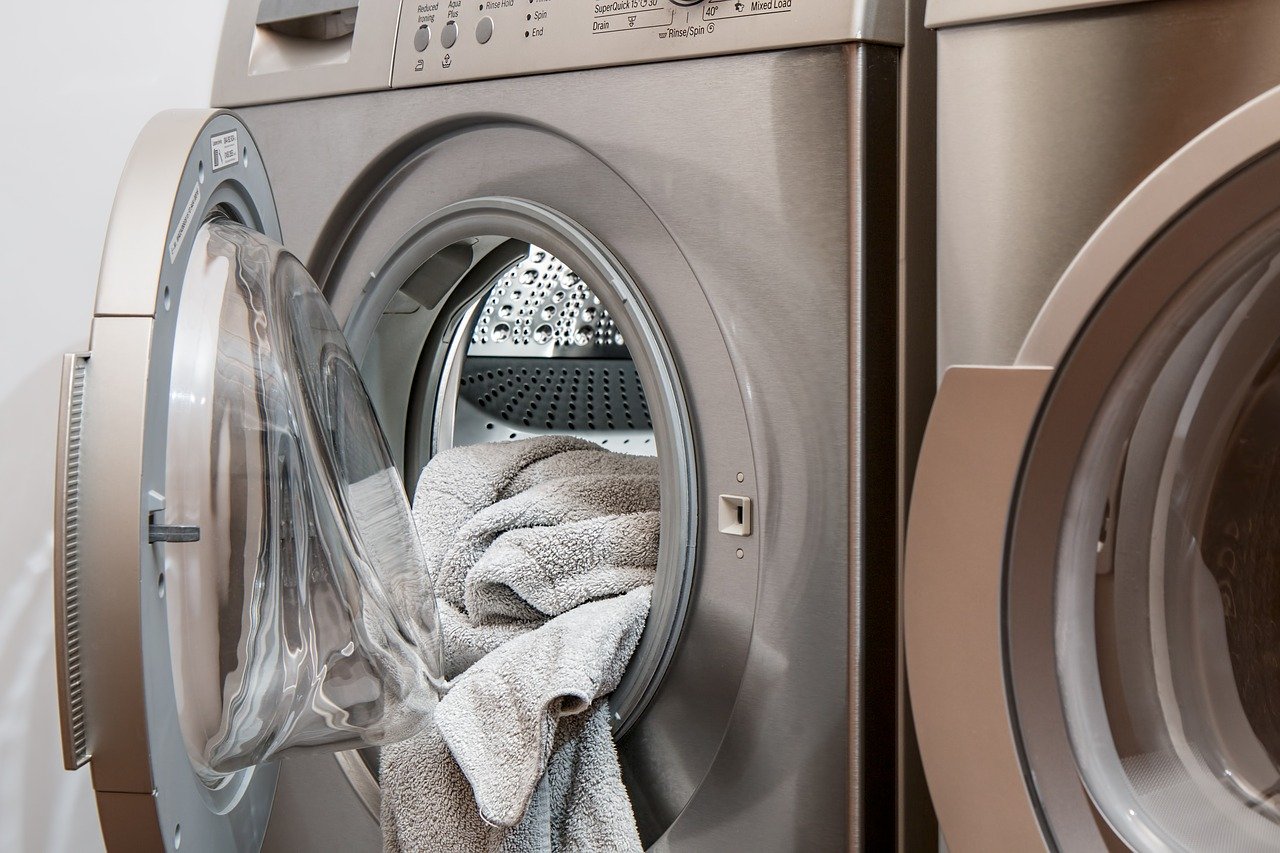“Whitegoods” refers to electrical products for domestic use that are often white in color. This includes things like refrigerators, microwaves, and washer and dryer units. Such appliances are practically necessities these days, so it’s less a question of whether you’ll buy whitegoods and more a question of how you should go about it. The percentage of houses that contain washing machines, dryers, and refrigerators has been relatively consistent, but more Australian homes have been acquiring dishwashers in recent decades. The percentage of Australian homes containing dishwashers rose from 25% in 1994 to 45% in 2008. This is significant as white goods account for approximately 53% of a household’s greenhouse gas emissions.
Fortunately, some whitegoods seem to be getting less use in recent years. For example, the number of households with separate refrigerator and freezer units has decreased significantly, and washing machines are rarely used on a daily basis anymore. It’s undeniable that multiple whitegoods will be purchased and used in the average household, but there are some things you can look out for to ensure you’re making the best choice.
Function and Style
This might seem like a bit of a no-brainer, but it’s important to carefully consider if an appliance can adequately serve all your needs. This goes well beyond simple functionality. It will naturally need to fit well into the place you’ve chosen for it. You’ve likely developed a sense of style in your home decoration, and your new appliance will need to compliment the beauty of your home. Also, consider any major style changes you may make within the next five to 10 years. Whitegoods generally last a long time, and you need to be as sure as possible that you’ll be happy with them in the long term.
Of course, you’ll still need to think about function. If you’ve just moved into a new home with a small family, you might think that a smaller washer or fridge model will suffice, but what if your family grows? Planning ahead and buying larger appliances now can save you a good deal of trouble in the future.
You might also consider appliances for slightly unorthodox use. For example, skincare fridges are popular for storing skincare products at an optimal temperature. While products stored this way may not be as effective as under-eye filler treatments, they’re still must-haves for beauty buffs.
Cost
Beyond use and style, the next biggest concern on your mind is likely how much these appliances will run you. It can be hard to find discounts most of the time since whitegoods are in high demand, and retailers can afford to charge higher rates. If you want a chance at a discount, you’ll need to be sure to mention it before committing to a sale. You may be able to haggle a more favorable deal. You also may be able to find seasonal deals at certain points in the year, or you might be able to take advantage of interest-free financing.
Energy Efficiency
As the world becomes more energy conscious, it’s likely you’ll want the most efficient appliance you can get, both for the environment and for your electric bill. Energy comparison between plans is fairly simple, fortunately, so you can find the right combination of plan and appliances to suit your needs. Energy-efficient appliances have multiple benefits beyond just lowering your utility bills. They can also boost the resale value of your home if you decide to move in the future, and you can make a difference in your community’s overall carbon footprint. Energy-efficient appliances also tend to last longer, which can boost your family’s quality of life for many years to come. Not sure where to start? Compare a range of energy plans with iSelect.




